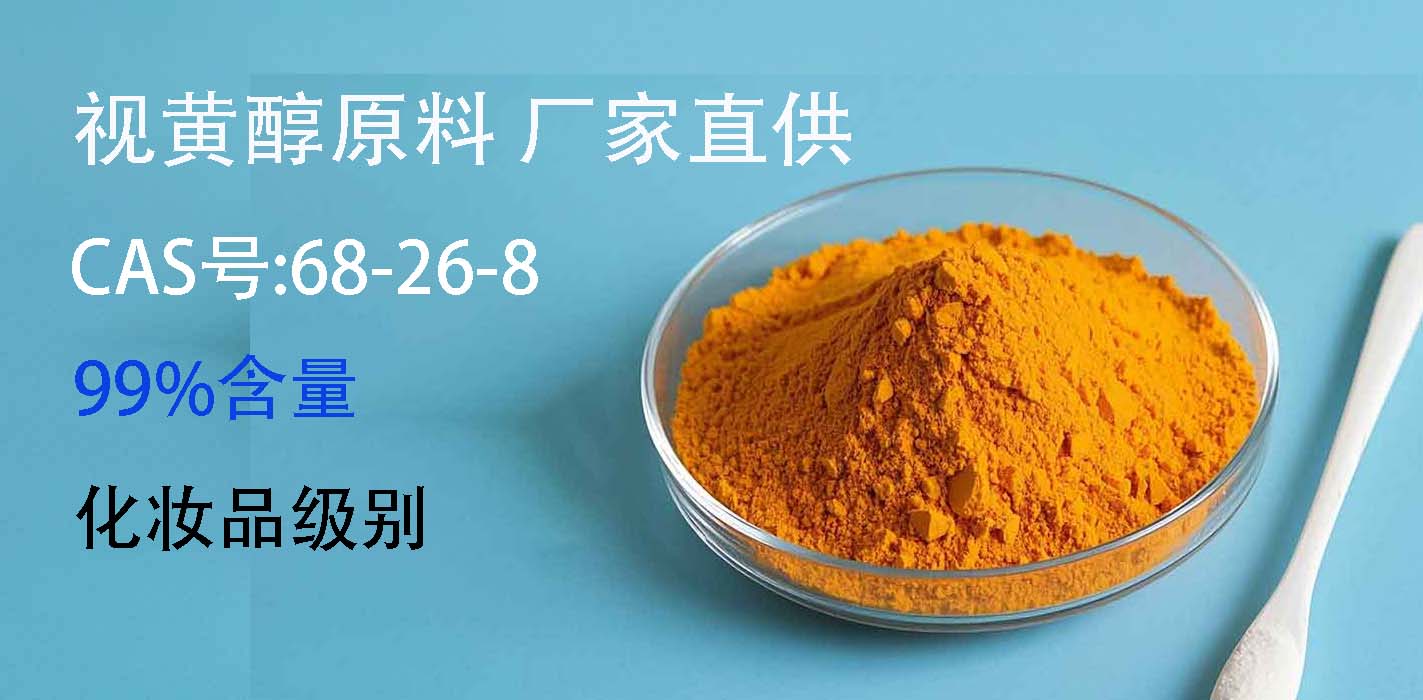If you’ve searched for “all-trans-retinal,” you’re likely looking for a clear and comprehensive explanation of this crucial molecule. You might be a student in biochemistry or medicine, a skincare enthusiast curious about the science behind retinoids, or someone seeking to understand the visual process. This article will demystify all-trans-retinal, covering its fundamental nature, its critical role in vision, its relevance in skincare, and how it differs from other familiar retinoids.
What is All-Trans-Retinal?
All-trans-retinal (also known simply as retinal or retinaldehyde) is a form of Vitamin A. It is a polyunsaturated aldehyde and is one of the most essential molecules in the visual cycle, the process that allows us to see.
Chemically, it is the oxidized form of retinol (Vitamin A alcohol) and can be further oxidized into retinoic acid, which is critical for cell growth and differentiation. The “all-trans” part of its name refers to its specific molecular configuration—all of the bonds in its carbon chain are in the “trans” orientation, making the molecule straight. This is in contrast to its counterpart, 11-cis-retinal, which has a bent shape.
The Pivotal Role of All-Trans-Retinal in Vision
The most well-understood function of all-trans-retinal is in the eye, specifically in the retina’s photoreceptor cells (rods for low-light vision and cones for color vision).
Here’s a simplified step-by-step breakdown of its role:
- The Starting Point: Inside the rod cells, a protein called opsin is bound to a molecule of 11-cis-retinal. This complex is known as rhodopsin.
- Light Strikes: When a photon of light hits the rhodopsin molecule, it causes the 11-cis-retinal to change its shape, straightening out into all-trans-retinal.
- The Signal Trigger: This dramatic shape change forces the opsin protein to change its shape as well. This activated form of rhodopsin initiates a biochemical cascade that ultimately generates an electrical signal.
- The Signal to the Brain: This electrical signal is transmitted to the brain, which interprets it as a visual perception—you see light.
- Recycling and Reset: The all-trans-retinal detaches from opsin. It is then transported to the retinal pigment epithelium (RPE), where it is enzymatically converted back to 11-cis-retinal. This “recharged” form is then shuttled back to the rod cell to bind with opsin again, restarting the cycle.
This entire process is why Vitamin A deficiency can lead to night blindness; without sufficient retinal, the visual cycle cannot function properly.
All-Trans-Retinal in Skincare
Beyond vision, all-trans-retinal (often listed as Retinaldehyde on cosmetic ingredients) is a highly effective and prestigious ingredient in the skincare world. It belongs to the family of retinoids, which are gold-standard compounds for treating aging and acne.
Here’s why it’s so valued:
- Potency: Retinaldehyde is considered more potent than retinol but less immediately aggressive than prescription-strength retinoic acid (Tretinoin). It converts directly into retinoic acid in the skin with only one enzymatic step, making it very efficient.
-
Benefits:
- Anti-Aging: It stimulates collagen production, reducing the appearance of fine lines and wrinkles.
- Acne Treatment: It normalizes skin cell turnover, preventing pores from clogging, and has antibacterial properties.
- Skin Texture and Tone: It improves skin elasticity, fades hyperpigmentation, and evens out skin tone.
- Advantages Over Other Retinoids: Many users find retinaldehyde to be less irritating than retinoic acid, while offering faster and more noticeable results than retinol. It is also known for being more stable than retinol.
All-Trans-Retinal vs. Other Retinoids: A Quick Comparison
It’s easy to get confused by the different Vitamin A derivatives. Here’s a simple hierarchy:
- Retinyl Esters (e.g., Retinyl Palmitate): The gentlest and slowest-acting form. Found in over-the-counter products. Must be converted to Retinol, then to Retinal, then to Retinoic Acid.
- Retinol: The most common OTC retinoid. More potent than esters but requires two conversions in the skin to become active (Retinol -> Retinal -> Retinoic Acid).
- Retinaldehyde (All-Trans-Retinal): A potent OTC option. It is only one step away from active Retinoic Acid, making it faster and more effective than retinol.
- Retinoic Acid (Tretinoin): The active form that directly binds to skin cell receptors. Available by prescription and is the strongest but also the most likely to cause irritation.


